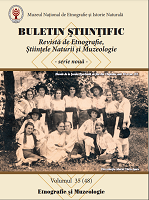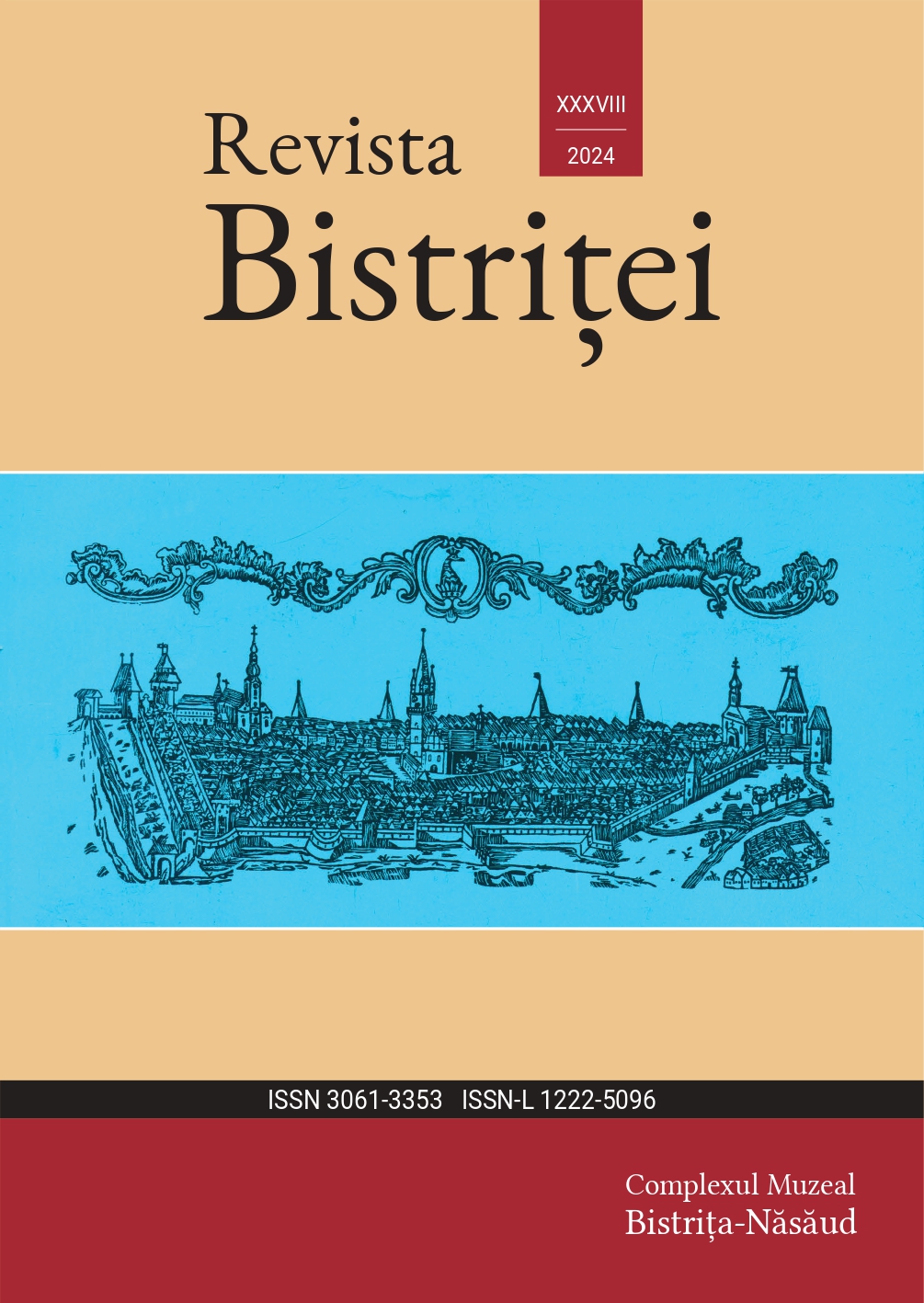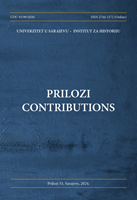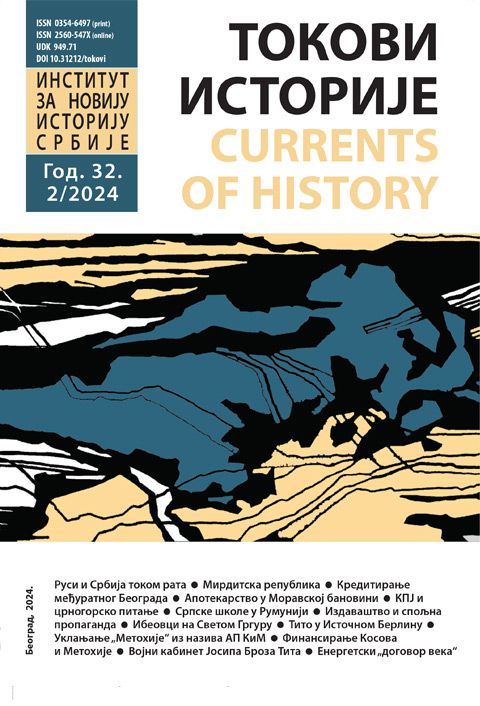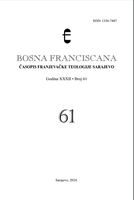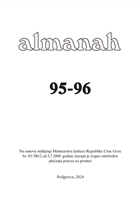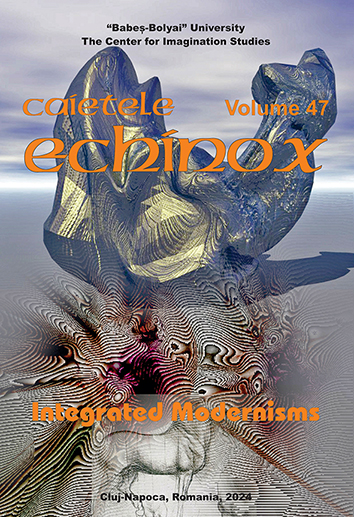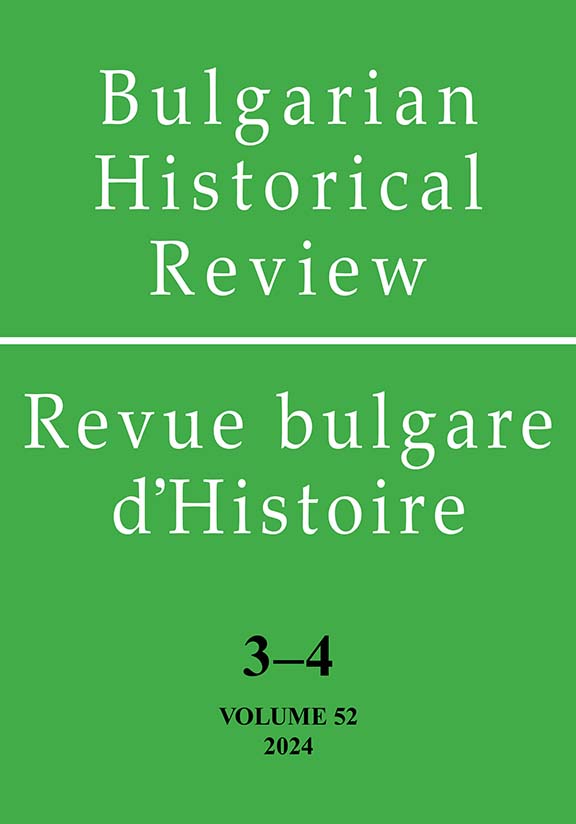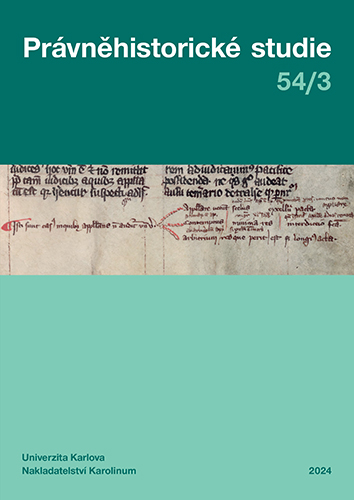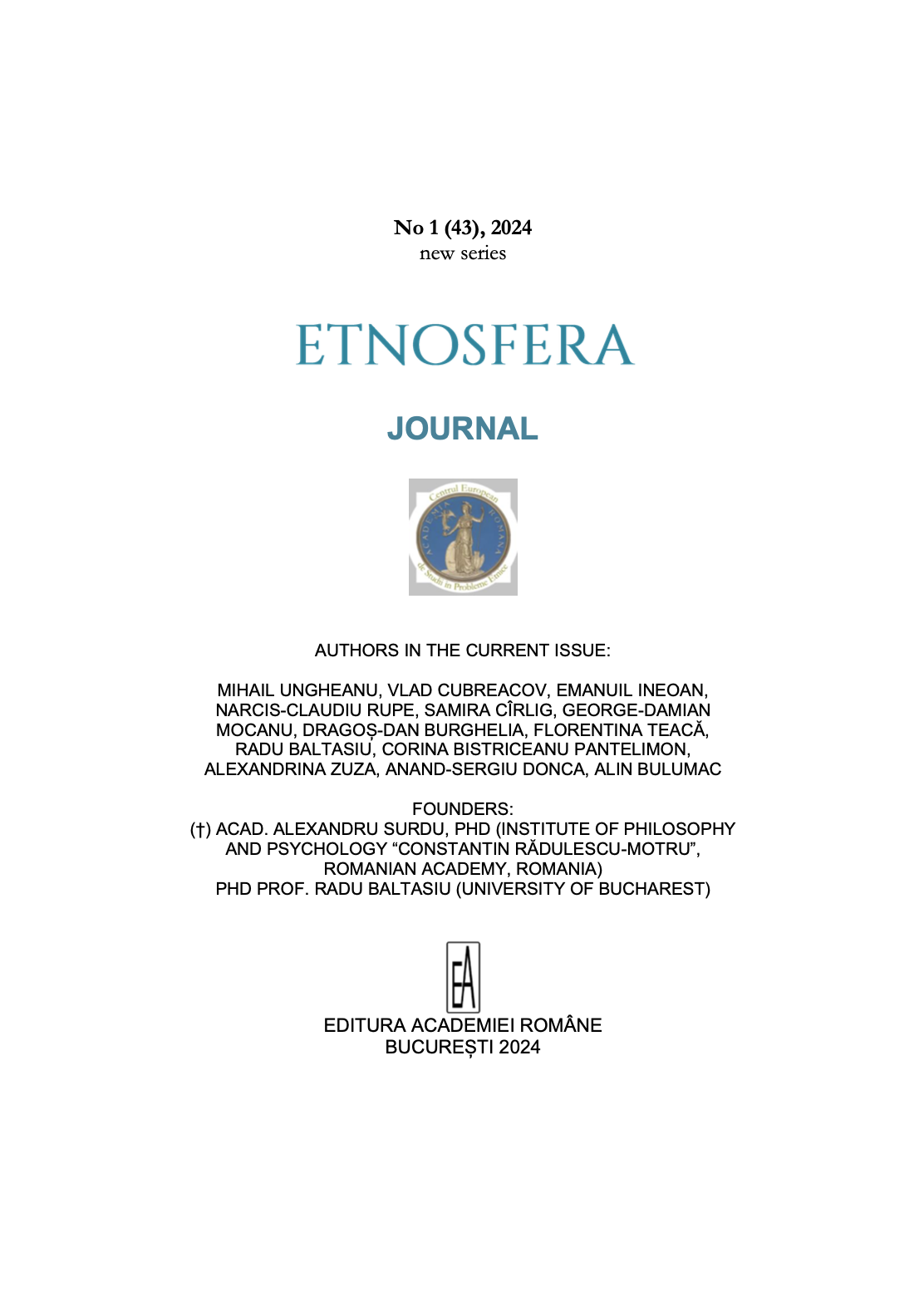
SHEPHERDS IN COVASNA DURING COLLECTIVIZATION
Transhumant pastoralism, the most complex type of traditional pastoralism, was practiced in a series of centres, spread over a relatively narrow area, starting from Brețcu and Covasna and extending along the Transylvanian Subcarpathians through Săcele, the Bran region, the Olt region and the area of Marginimea Sibiului, up to the Hațeg region. In many studies dedicated to transhumant shepherding, the shepherds from Covasna and Brețcu, nicknamed Bârsanii from the Secuime, are mentioned as some of the leaders in their community. However, after hundreds of years of transhumant shepherding, the shepherds of Covasna had to adapt to the period of communism, a sad memory in the history of Romania. The collectivization process put an end to the old transhumance, but favoured “transhumance by train”, with the sheep of the C.A.P.s. From the memories of the shepherds interviewed, it appears that this period also had advantages: it was the first time that they were employed “with papers”, with a work card, with seniority recorded, with a salary, a secure income. In addition to the state-owned sheep, they were allowed to keep their own animals, whose products were then in great demand. What’s more, their reputation as good professionals had spread across the country, so they were sought out by the C.A.P.s in other counties, where they stayed for years, sometimes bringing their families with them. All informants are from Covasna, Voinești.
More...
